At M.Nic Electrical, our fire systems testing services encompass a comprehensive range, including dry riser and fire alarm testing, as well as fire risk assessments. A fire risk assessment is a critical step in ensuring the safety of your workplace, and we guide you through the process.
At M.Nic Electrical, we prioritize fire safety to protect your property and personnel. Our comprehensive fire systems testing services ensure that you’re well-prepared and compliant with safety regulations.

Dry riser maintenance is a crucial aspect of fire safety management in multi-story buildings. Dry risers are vertical pipes or ducts that facilitate the delivery of water to various levels of a building in the event of a fire. These systems are essential for firefighters to access a water supply quickly and efficiently to combat fires on higher floors.
Key components of dry riser maintenance include:
Proper dry riser maintenance is critical for ensuring the reliability of firefighting equipment and the safety of occupants in tall buildings. Neglecting maintenance can lead to delays in responding to fires and compromise the effectiveness of firefighting efforts, making regular inspections and upkeep essential for any building with a dry riser system
Enquire about Dry Riser Servicing Contact Us
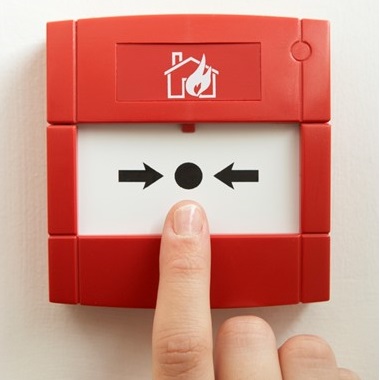
Fire alarm servicing is a vital component of fire safety management in any building or facility. It involves regular inspections, testing, and maintenance of fire alarm systems to ensure their reliable operation in the event of a fire or emergency.
Key aspects of fire alarm servicing include:
Regular fire alarm servicing is essential to minimize the risk of false alarms, ensure early detection of fires, and provide occupants with timely warnings to evacuate safely. It also helps extend the life of the system and reduces the likelihood of system malfunctions during critical situations. Fire alarm servicing should be carried out by qualified professionals to maintain the highest level of safety and compliance
Enquire about Fire Alarm Servicing Contact Us
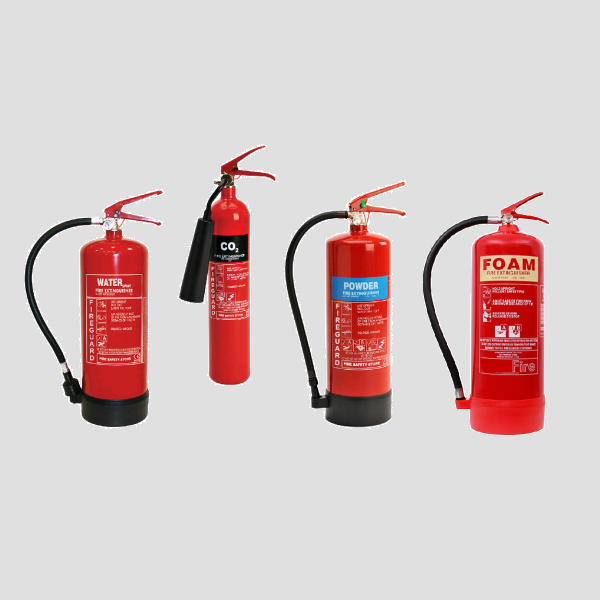
Extinguisher servicing is a crucial element of fire safety maintenance in buildings and facilities. It involves the regular inspection, testing, and maintenance of fire extinguishers to ensure they are in proper working condition and ready for use in the event of a fire emergency.
Key aspects of extinguisher servicing include:
Extinguisher servicing is essential for maintaining fire readiness and ensuring that fire extinguishers can be relied upon when needed. Regular servicing helps prevent malfunctions, ensures compliance with safety codes, and contributes to overall fire safety in a building or facility. It is typically performed by trained professionals to guarantee the extinguishers’ effectiveness and reliability.
Enquire about Fire Extinguisher Servicing Contact Us

Fire protection equipment encompasses a wide range of tools, devices, and systems designed to prevent, detect, suppress, or mitigate the effects of fires. These essential components are crucial for safeguarding lives and property in various settings. Key types of fire protection equipment include:
Fire protection equipment is essential for early fire detection, containment, and suppression, helping to minimize the risk of injuries, loss of life, and property damage. Regular maintenance, testing, and compliance with safety regulations are critical to ensure the effectiveness of these life-saving tools.
Enquire about Fire Protection Servicing Contact Us

AOV maintenance involves the regular inspection, testing, and upkeep of Automatic Opening Ventilation systems, which are critical components of fire safety in buildings. Proper maintenance ensures that these systems operate effectively when needed, particularly during a fire or smoke event. Key aspects of AOV maintenance include:
Proper AOV maintenance is crucial to prevent system failures, false alarms, and delays in smoke or heat ventilation during a fire emergency. Building owners and managers should enlist the services of qualified technicians or contractors with expertise in AOV systems to conduct regular inspections and ensure the safety and functionality of these critical fire safety components.
Enquire about AOV Servicing Contact Us

Emergency lighting is an integral aspect of building safety systems designed to provide illumination during power outages or in emergency situations when regular lighting fails. Its primary purpose is to ensure the safe evacuation of occupants, prevent panic, and enable emergency responders to navigate buildings effectively. Key features and functions of emergency lighting include:
Emergency lighting plays a vital role in enhancing occupant safety during power outages, fires, or other unexpected emergencies. Building owners, managers, and facility maintenance personnel are responsible for ensuring that emergency lighting systems are properly installed, maintained, and inspected to meet safety requirements and protect lives in critical situations.
Enquire about Emergency Lighting Servicing Contact Us
Based in Hoddesdon we cover most of the south east from Reading to Southend and all of London and Kent.
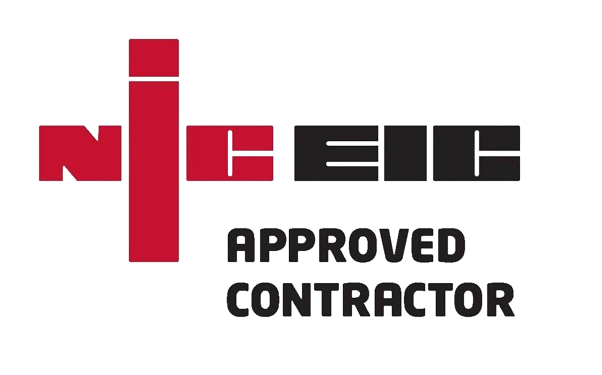
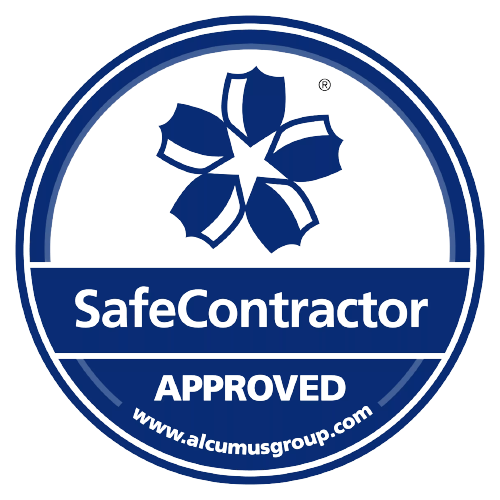
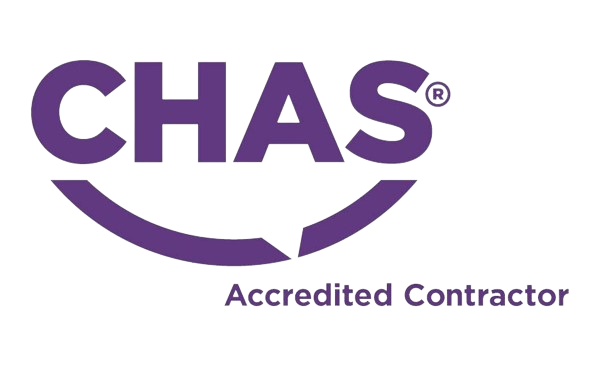
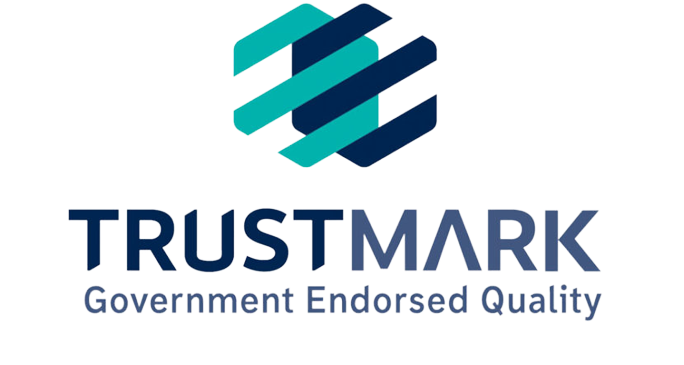
Copyright 2023 © All Rights Reserved Design by 9Core Tech